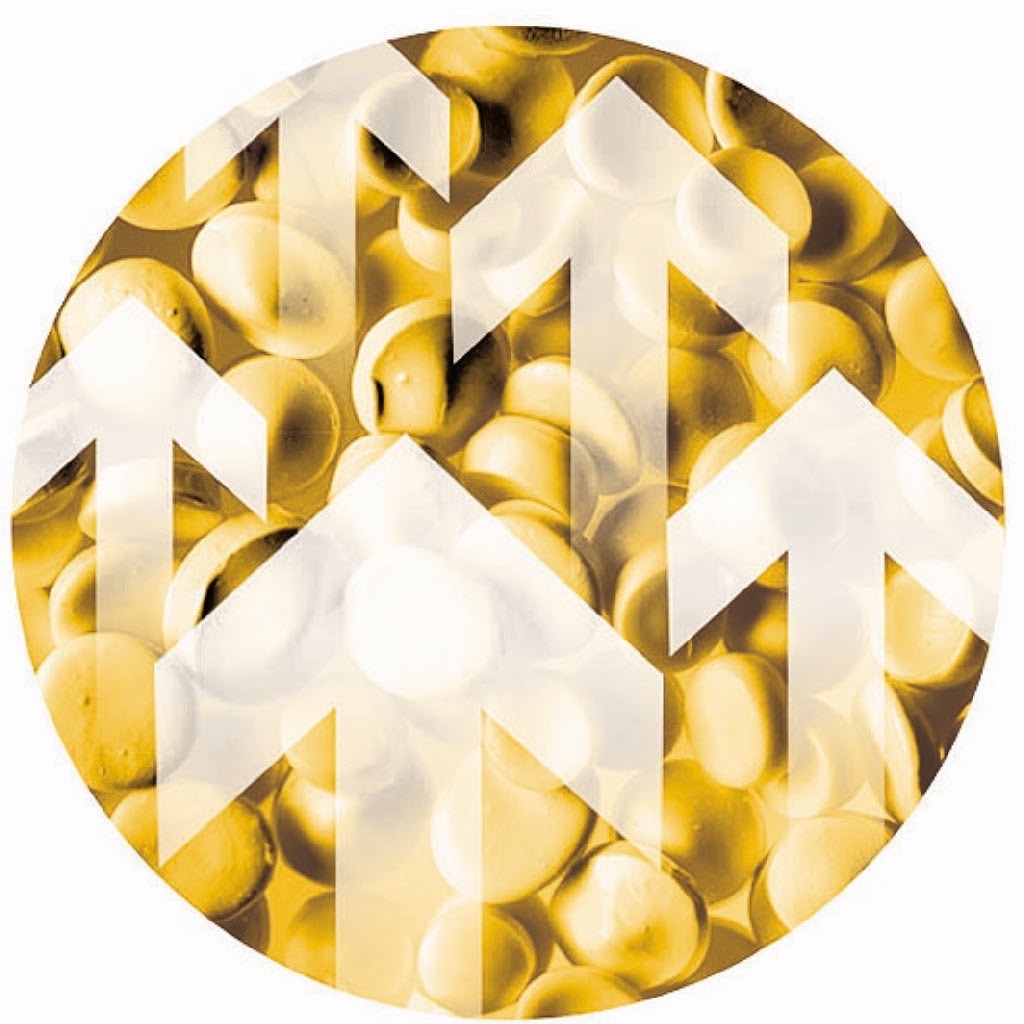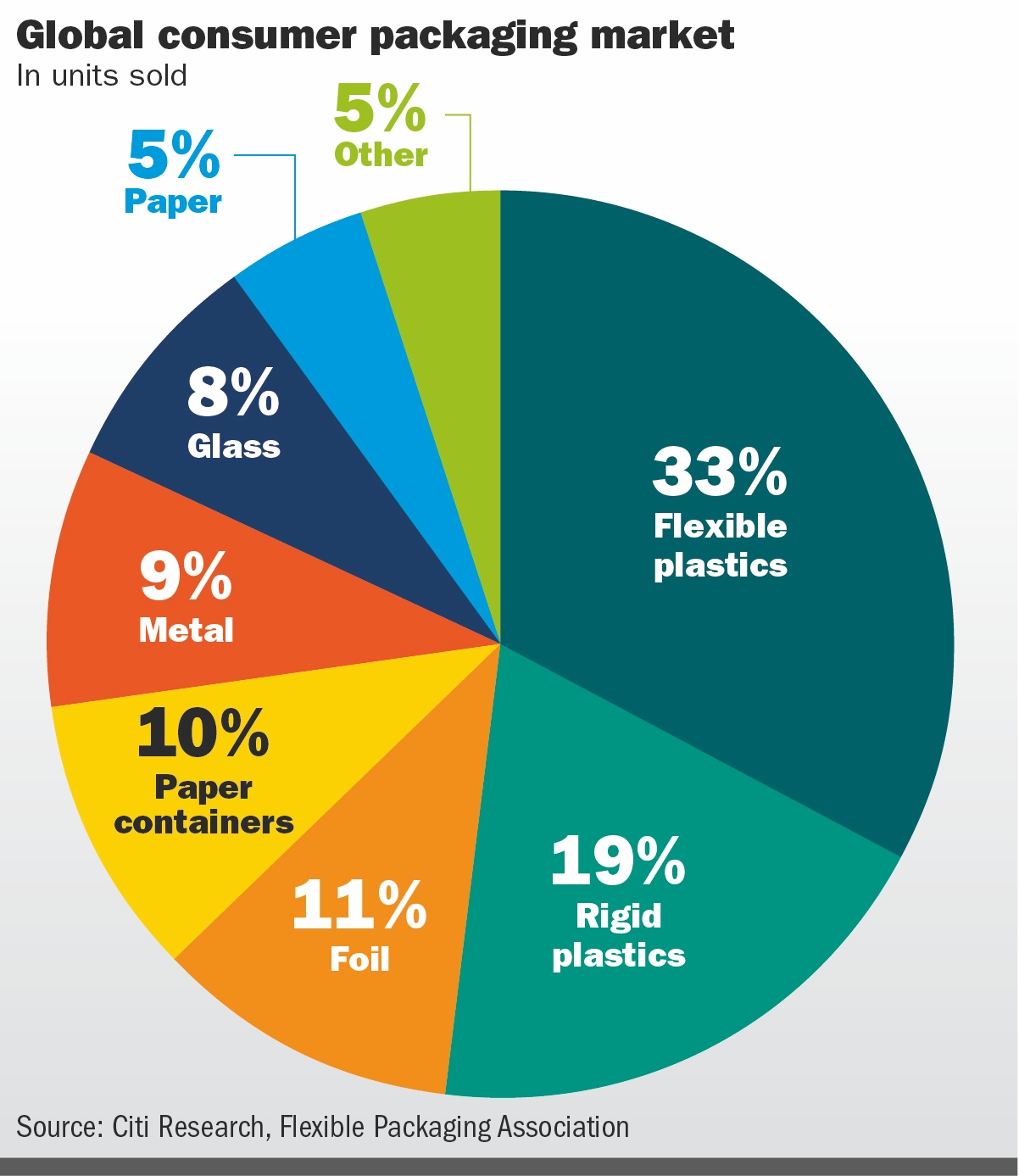뉴스 News
Market trends
news
Market trends
Aeyoung Park
2018-10-04
Aeyoung Park
2018-09-21
Aeyoung Park
2018-09-21
Aeyoung Park
2018-09-21
Aeyoung Park
2018-09-21
Aeyoung Park
2018-09-03
Aeyoung Park
2018-09-03
Aeyoung Park
2018-09-03
















